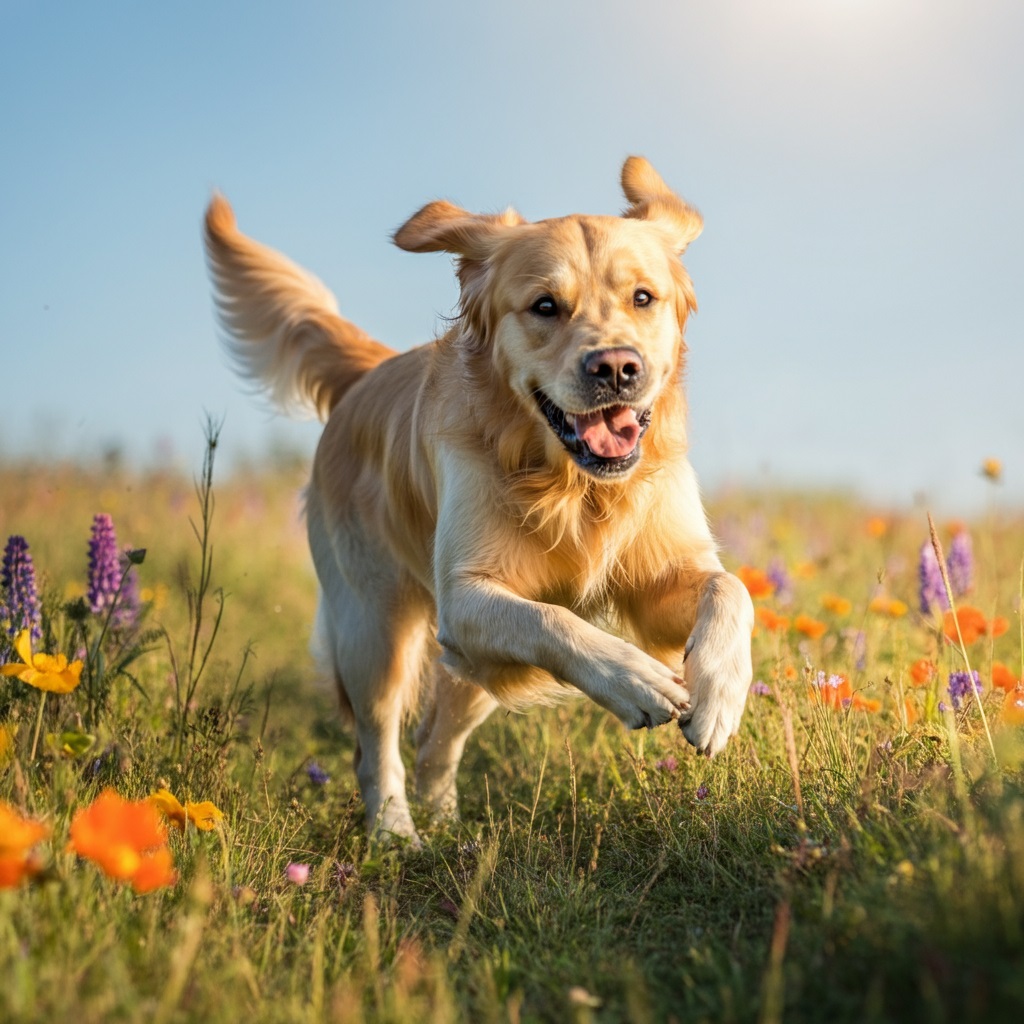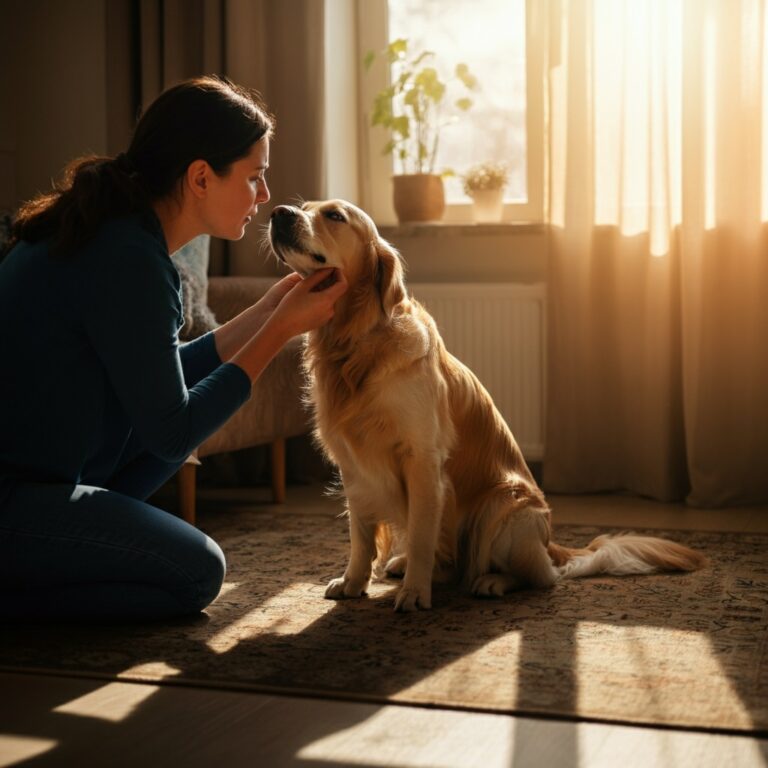
Dogs may not be able to speak our language, but they have plenty to tell us! Understanding your furry friend more intimately can strengthen your bond and improve their quality of life. From their quirks to their preferences, this blog is all about decoding the secrets behind those wagging tails and puppy-dog eyes. Here are ten things your dog wishes you knew about them.
1. I Thrive on Routine
Dogs love structure and consistency. They feel secure when their daily routine of meals, walks, playtime, and rest stays predictable. Abrupt changes can cause anxiety or confusion. Want to keep your pup happy? Stick to a schedule they can count on.
Pro tip:
Try to feed and walk your dog at around the same time each day. If your schedule varies, use visual or audio cues, like getting their leash or food bowl, to prepare them for what’s next.
2. I Speak Through My Body Language
Dogs communicate primarily through body language. A wagging tail doesn’t always mean happiness; it can signify excitement, fear, or even agitation, depending on its position and movement. Learning to read these signals can help address your pet’s needs.
Example:
- Relaxed Tail & Ears: Your dog feels calm and content.
- Tucked Tail: Likely nervous or scared.
- Direct Eye Contact with a Stiff Stance: Your pup might feel threatened.
3. I Need Mental Stimulation
Mental exercise is just as important as physical activity. Without engaging challenges, dogs may develop destructive habits or boredom-related behaviors.
Activities to Try:
- Puzzle feeders or treat-dispensing toys.
- Teach them new tricks (like “spin” or “high five”).
- Hide-and-seek games around the house.
A busy mind is a happy dog!
4. My Nose Knows Everything
Did you know your dog’s sense of smell is up to 100,000 times better than yours? Scents help dogs understand the world, from identifying individuals to finding hidden objects. Sniffing isn’t just a curiosity; it’s a vital part of their instincts.
Fun fact:
When you take your dog for a walk, allow “sniff breaks.” These moments of exploration are like reading an exciting book for your furry friend!
5. I Don’t Feel Guilty
That classic “guilty look” your dog gives after chewing your shoe? It’s not true guilt but a reaction to your scolding tone or disappointed body language. Dogs don’t link past actions with consequences the way humans do, so catching them in the act is crucial for training.
What to Do Instead:
Focus on positive reinforcement rather than punishment. Reward desired behaviors with treats and praise to guide them effectively.
Continues after advertising
6. Quality Time Means the World to Me
Your dog cherishes spending time with you more than anything else. Whether it’s a long walk, cuddling on the couch, or simply sitting together, your presence makes their day.
Quick Idea:
Even if you’re busy, take 5-10 minutes for play or one-on-one time. A game of tug-of-war or belly scratches can make all the difference in their day.
7. Training Me Is an Act of Love
Training is a lot more than teaching your dog tricks or good manners. It provides them with mental stimulation while reinforcing your bond as a team. Plus, clear expectations reduce stress and confusion.
Remember:
Positive reinforcement works wonders! Celebrate even small victories with rewards, affection, or verbal cues like “Good girl!” or “Nice job!”
8. I Have My Own Preferences
Just like humans, dogs have their likes and dislikes. They might favor certain toys, avoid particular sounds, or have unique food preferences. Paying attention to these quirks can help cater to their comfort and happiness.
Example:
- Does your pup prefer squeaky toys over rope toys?
- Perhaps they enjoy a specific corner of the house for napping?
Observing their choices shows love and care.
9. I’m a Creature of Habit, Not a Fan of Surprises
Unexpected changes, like moving homes, introducing new pets, or sudden schedule adjustments, can be stressful for your dog. While some dogs adapt quickly, others might struggle to adjust to a disrupted routine.
What You Can Do:
Introduce changes gradually when possible. For significant life changes (like a move), bring familiar items (their bed, toys) to create a sense of comfort in new environments.
10. I Age Faster Than You Think
Dogs live shorter lives than their human friends, which makes cherishing each moment even more important. Keep in mind that your dog’s needs will change as they age, including dietary adjustments, slower-paced walks, and extra patience.
Fun fact:
Most dog breeds reach their “senior years” between 7 and 10 years of age. Regular vet check-ups can keep them healthy and happy.
Read More👉 Is Your Dog Overheating This Summer?
Building a Deeper Bond with Your Dog Starts Here
Your dog relies on you to understand their unique needs, habits, and ways of communicating. By paying close attention to these ten key points, you’re not only enhancing your dog’s quality of life but also building a stronger, lifelong bond.
And remember, every wagging tail and happy bark is just one of the many ways your dog shows they appreciate your efforts.



